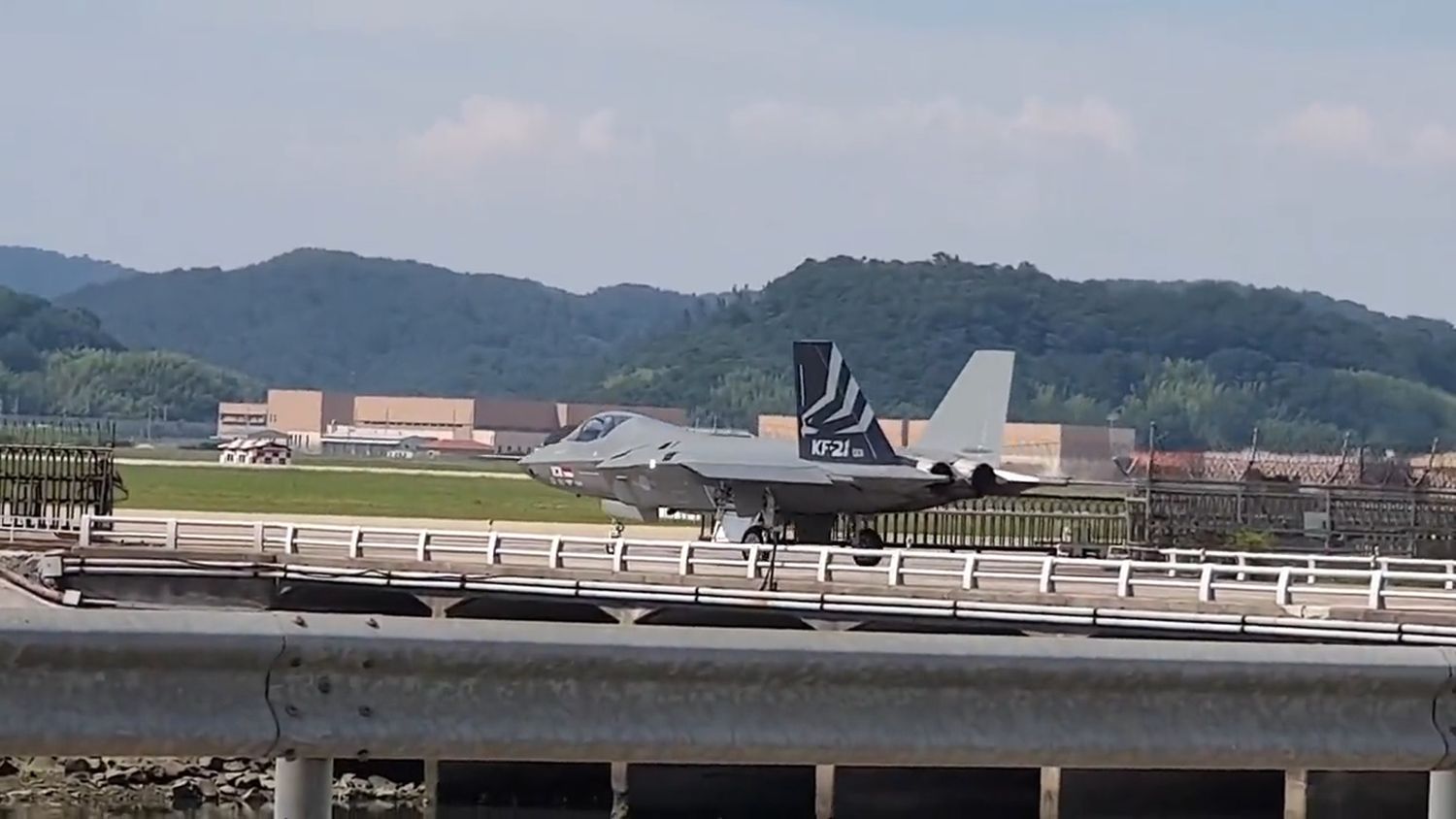KF-21 Boramae began runway testing
The first prototype of the KF-21 Boramae began taxiing and engine tests prior to its first flight, which is likely to take place later this month.
The new Korean fighter was captured on video outside the Korea Aerospace Industries (KAI) facility as it taxied to the runway for taxiing and testing of its General Electric F414-GE-400K engines.
Development of the Boramae is progressing rapidly, although according to information provided by KAI earlier this year, the maiden flight should have taken place during June. However, these runway tests are an indication that the first prototype will soon take flight. Various reports point to July 22 as the most likely date for the maiden flight. For a development program of this caliber, being only one month late can be considered almost insignificant. Especially considering that in between there was a pandemic and the disagreements with Indonesia, a partner in the program.
Anyway, there is not much time to lose because the Republic of Korea Air Force (RoKAF) has the need to replace some 60 F-4E Phantom IIs sooner rather than later, and one of the options being considered is to increase the order for KF-21 Block 1 units.
See also: South Korea seeks to replace its aging F-4 and F-5 fighters as soon as possible
Progress in blocks
The KF-21 Boramae is designed to progressively advance in combat and survivability capabilities by implementing improvements in blocks. The RoKAF intends to deploy 120 KF-21 Boramae by 2032.

The six prototypes should complete the development phase by 2026. This will be followed by the production of the 40 Block I aircraft, which could be more if the decision is made to bring forward the decommissioning of the F-4E Phantom IIs. The KF-21 Block 1s are considered 4.5-generation aircraft, with a low radar silhouette, similar to that of a Dassault Rafale or Boeing Super Hornet, and fifth-generation domestic electronics.
The AESA radar is being developed by the Defense Science Research Institute (ADD) and will be produced by Hanwha. For now, it is being tested on a B-737 and according to Korean authorities, the results are very auspicious.
Next will come the Block 2 aircraft, which will have a more advanced construction and will carry its armament internally, achieving greater radar discretion, similar to that of an F-117.

For the KF-21 Block III, it is expected to have achieved observability levels as low as those of the F-35 or F-22, in addition to incorporating other advanced technologies that will place it fully within the league of fifth-generation aircraft.
See also: Can the KF-21 become an alternative to the F-35 for the UAE?
And since the Boramae may eventually replace the Lockheed Martin/KAI KF-16 and other legacy combat aircrafts, the Korean manufacturer is already planning to continue the development of the KF-21 to have the features and capabilities of future sixth-generation fighters.


Comentarios
Para comentar, debés estar registrado
Por favor, iniciá sesión